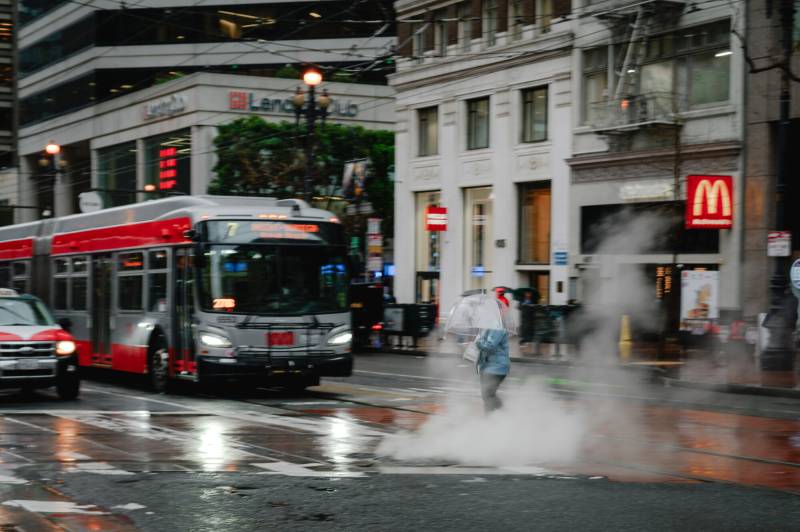Updated 12:25 p.m. Tuesday
After a dry fall, the Bay Area is bracing for heavy rain this week, raising the risk of flooding in parts of the North Bay and pushing much of Northern California ahead of its seasonal average rainfall for this time of year.
The season’s first atmospheric river will arrive Tuesday night, bringing five days of fairly continuous rain to the Bay Area, according to National Weather Service meteorologist Nicole Sarment. The North Bay will be hit hardest and first, with Napa and Sonoma expected to get 4–6 inches of rain inland and 7 inches on the coast between Wednesday and Thursday night. Up to 10 inches could fall in areas north of Healdsburg.
San Francisco could also be hit with up to an inch and a half of rainfall during the first wave of the storm, which is made up of two low-pressure systems, according to Sarment.
She said that after the first sweeps through midweek, the second is expected to begin Friday and extend through the weekend, reaching farther south and inland.

